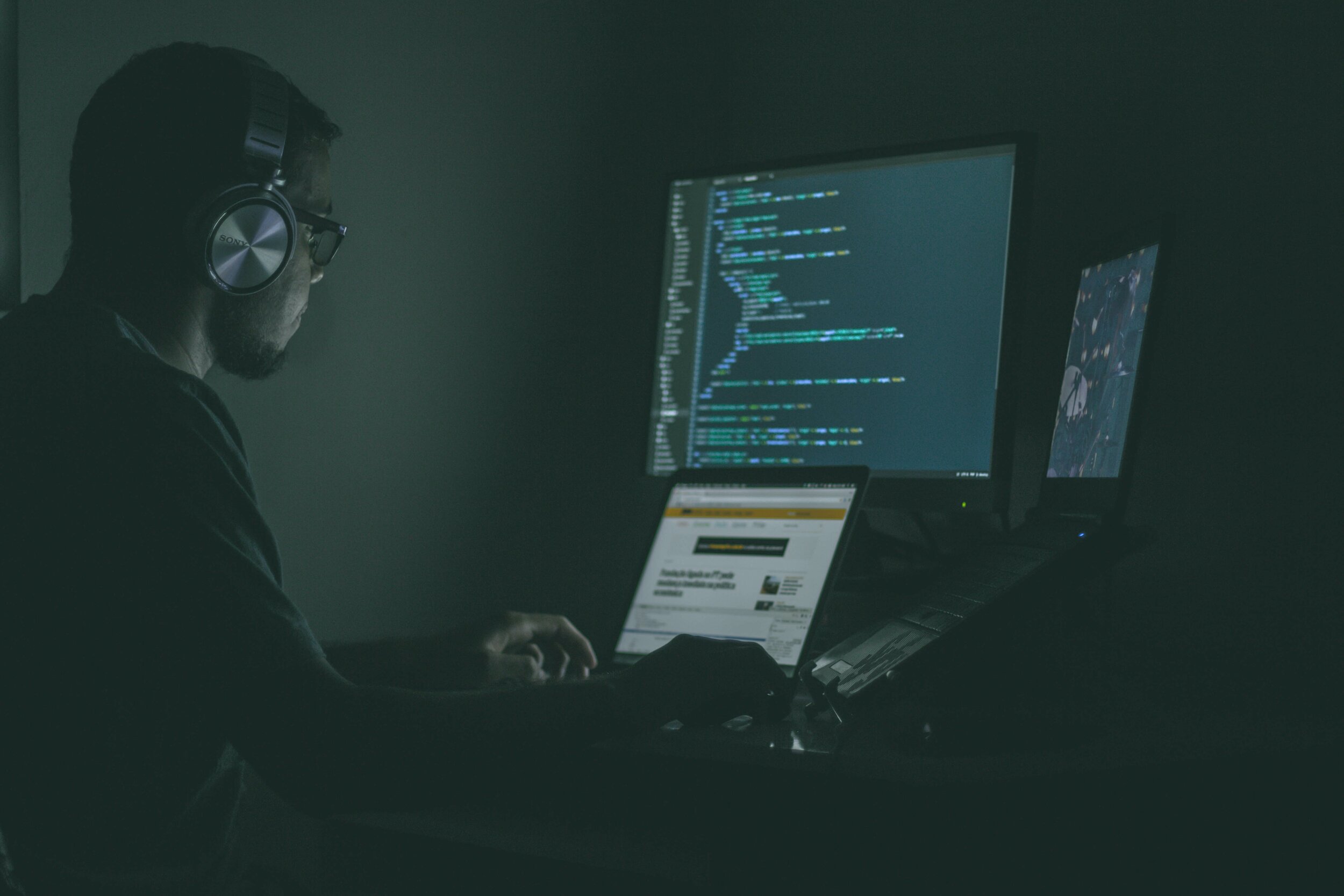COVID-19 has opened our eyes to the way we view risk and how we can protect ourselves. We’re more careful about who we see and where we go. We take steps to protect ourselves and others when we do go out. And with the amount of time we spend online, we might even be taking greater measures to protect our own data and privacy. But have we improved the way we protect our school districts and their data?
Maybe we are. But the recent headline in the Boston Globe, “Hacking attacks plague Massachusetts schools,” suggests that we can – and should – do more. We need to ask ourselves, what are we doing to minimize disruptions to education? What do we have in place to minimize system downtime if our school district is attacked? How quickly can we restore operations and get on with the business of teaching and learning?
We’ve been asking these questions and more about the schools we work with every day. The TMS IT and cybersecurity team has defined up with key points about your IT ecosystem that you need to review and address in order to assess your school district’s security risk:
-
What is your most sensitive data, where does it live, and how is it being protected?
-
Is your district following best practices to mitigate against cyber attacks?
-
If there is an attack, can you trace what was accessed? Can you determine what was stolen?
-
How quickly can you recover?
The answers to these questions could be simple, but more often than not, they’re more involved than we expect. After all, a district’s technology infrastructure can be complicated, and in many cases are as complex as those of major corporations. Regardless of the organization’s size, IT teams benefit when an independent, unbiased third party reviews systems and processes to give objective, holistic answers and recommend steps to improve your security.
TMS conducts cybersecurity assessments that help answer these questions and offer ideas for solutions. We work closely with internal IT teams to help them understand their security risk posture and take the necessary steps to become more secure, more resilient, and to make it more difficult for illicit access and educational disruptions to take place.

